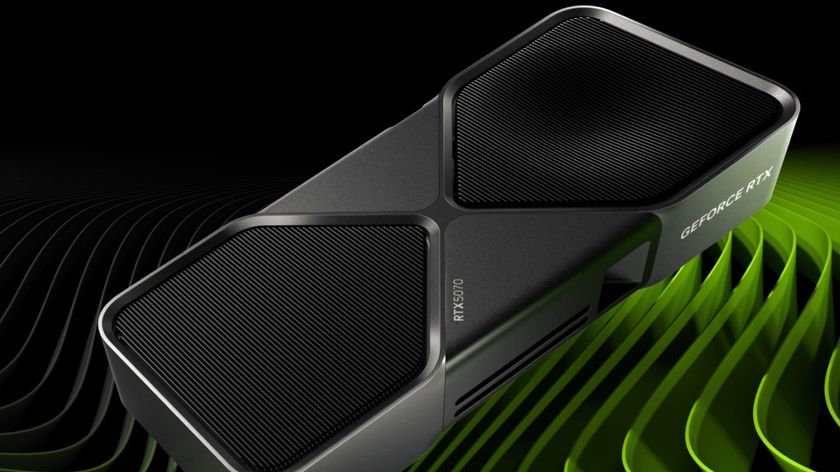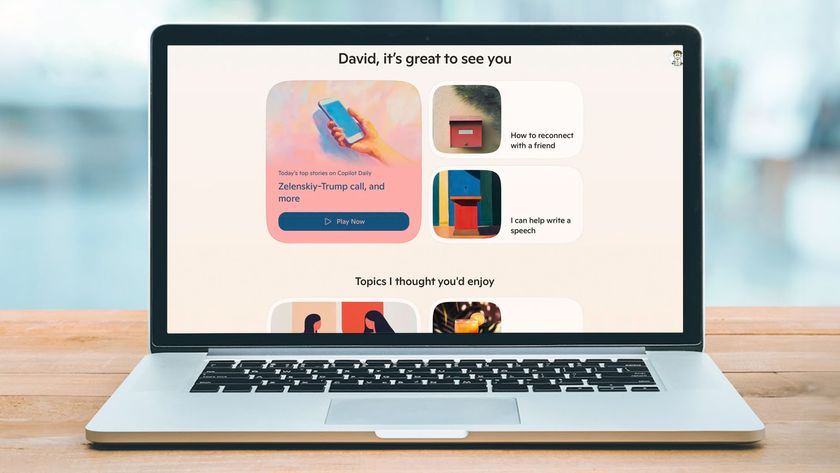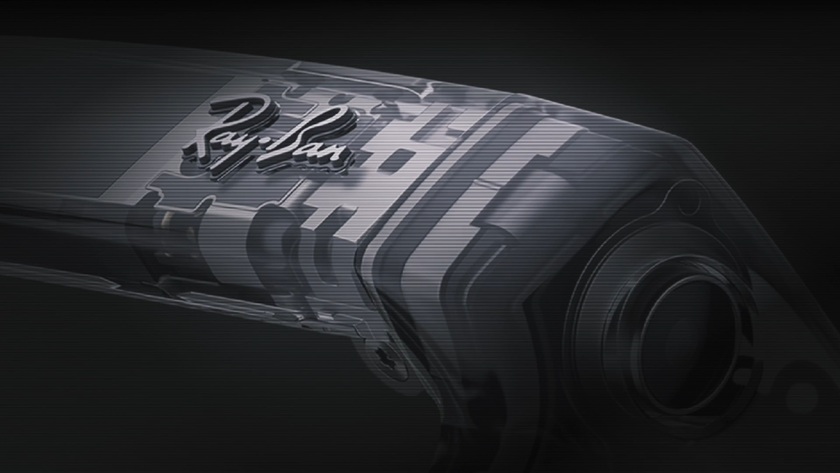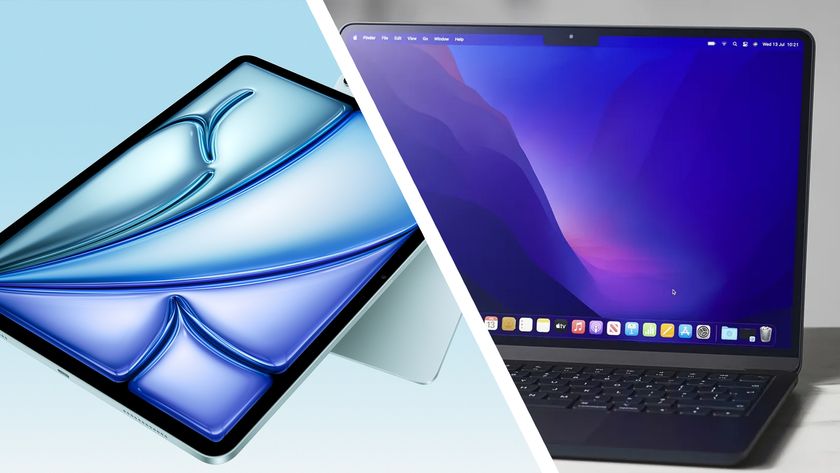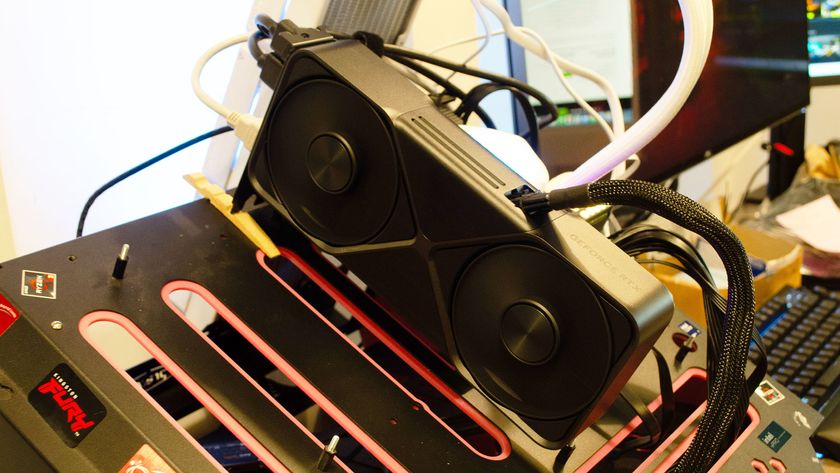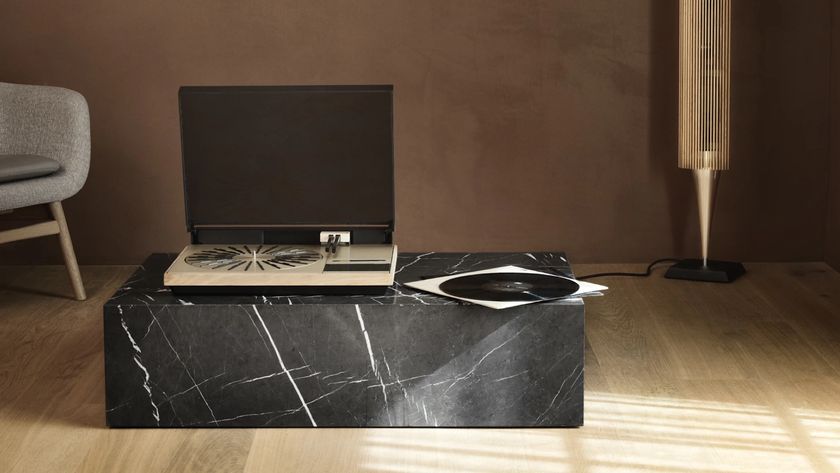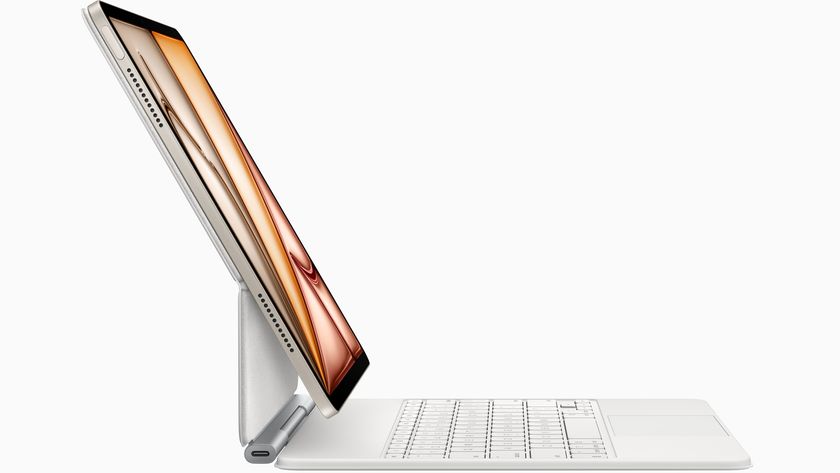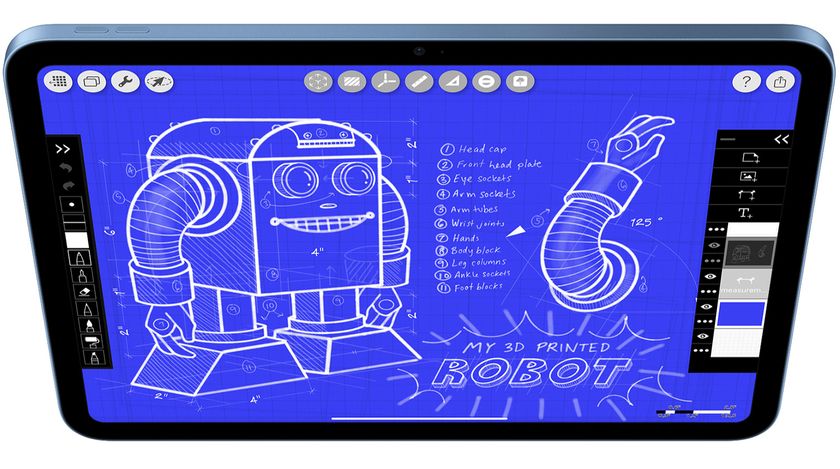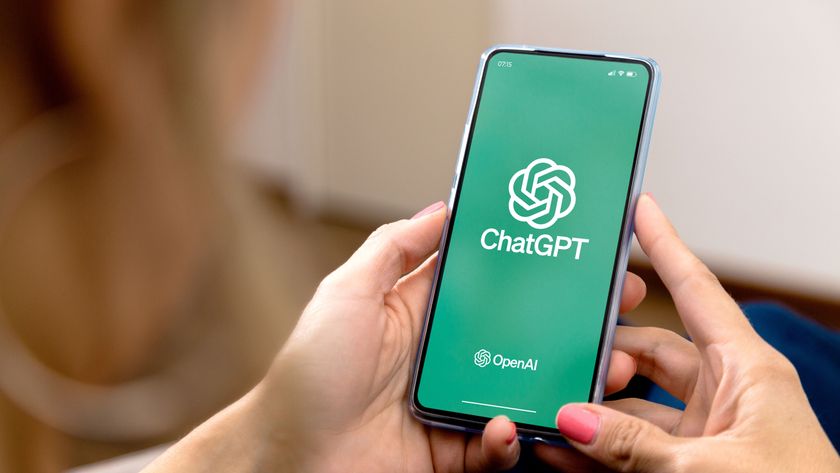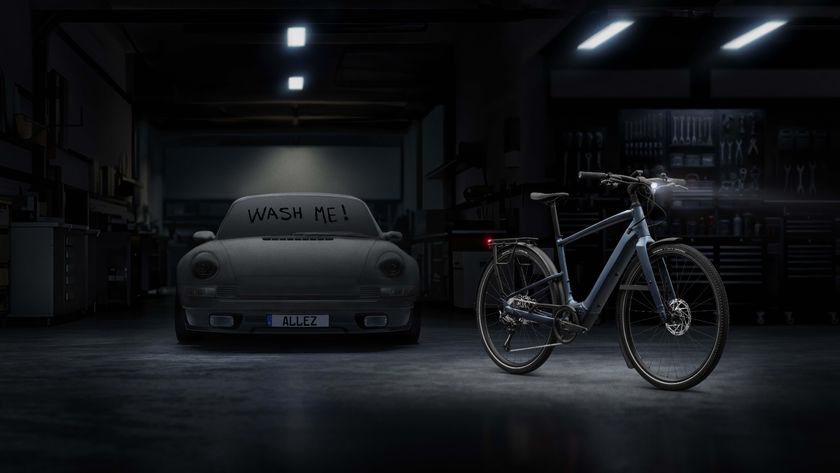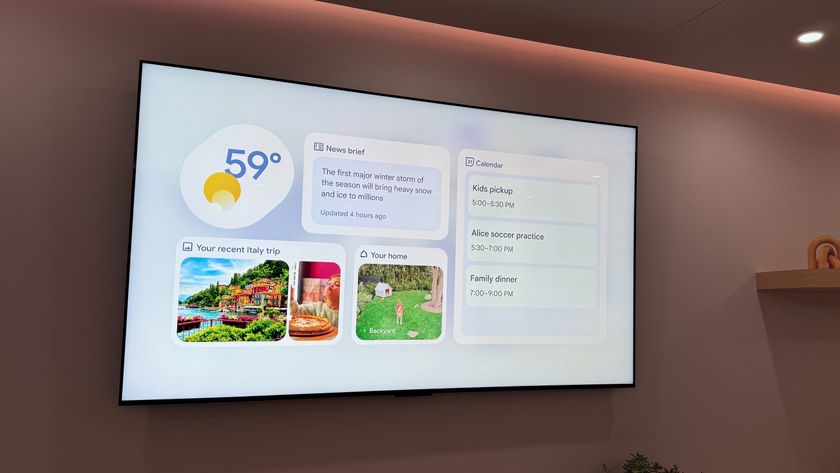Web upstart Miro is claiming something of a world-first for its internet TV player - it's going open source from day one, giving you access to over 2,700 TV channels, HD feeds and even YouTube compatibility.
Compare that to the DRM-full, HD-free and firmly closed nature of previous internet wonderchild Joost. Suddenly the benefits become obvious. Miro's software even works better out of the gate.
So what's a Miro player?
The Miro internet TV player is the spawn of the Participatory Culture Foundation (PCF), a non-profit group that counts Firefox creator Mozilla among its financial supporters.
The beauty of Miro is that it really doesn't care where the content comes from - you're not locked into a walled garden like you are with Joost. This enables you to create your own video channels by using RSS feeds, YouTube and even Bit Torrent sources. And, of course, you can also find out what other people are enjoying and rate the content you see.
Miro claims to match Joost's 200-channels of commercial broadcast content, but delivers it DRM-free and without any need for you to log in and register as a user. The video player is also available under the general public licence (GPL) so anyone can take the technology, change it and improve it.
Hands-on with Miro
That's the spiel. What's Miro like in practice? Well it actually works very well. There's a lot of choice, but not overwhelmingly so and the built-in search tool makes it easy to find content you may like.
The Mac version we tested is very iTunes-like, enabling you to subscribe to individual channels as easy as you would to a Podcast, and you can also create playlists of your favourite stations / clips.
Get daily insight, inspiration and deals in your inbox
Sign up for breaking news, reviews, opinion, top tech deals, and more.
Miro also gives you the option to keep what you see. While the default option is to automatically delete clips after six days (chiefly to save hard disk space), you can simply click on the Save button to keep a favourite show. We also like the inclusion of HD channels - so much easier on the eyeballs when watching on a laptop on your desk than the crapola quality of much web video (Joost included).
Miro vs Joost
Stick Miro up against Joost and a couple of other benefits immediately spring to mind. Joost's interface is so bogged down in translucent menus and whizzy animated effects that they overshadow the content - Miro's simpler browser design lets the content speak for itself.
We also found Miro to be more stable than Joost in our test this afternoon. The only things we were struck by were the occasional refusal to jump over to the next page while browsing, and a reluctance to play some video clips. However on the odd occasion when that has happened, Miro simply suggests you open an external player instead.
Which brings us to our final point about Miro. It doesn't constantly bombard you with ads. True there are ads attached to individual clips - but that's down to the content publisher, not Miro. You can skip past them quite easily. We think this is preferable to the nagging ad buttons in Joost which never seem to go away.
Miro's cross-platform, open-source design also stands in stark contrast to the BBC's iPlayer, which has been criticised for being both proprietary and closed. Sure we can understand why the BBC needs to protect its intellectual property. But it also needs to stop treating its viewers with contempt, pop in some adverts and let us enjoy the programmes we've paid for.
